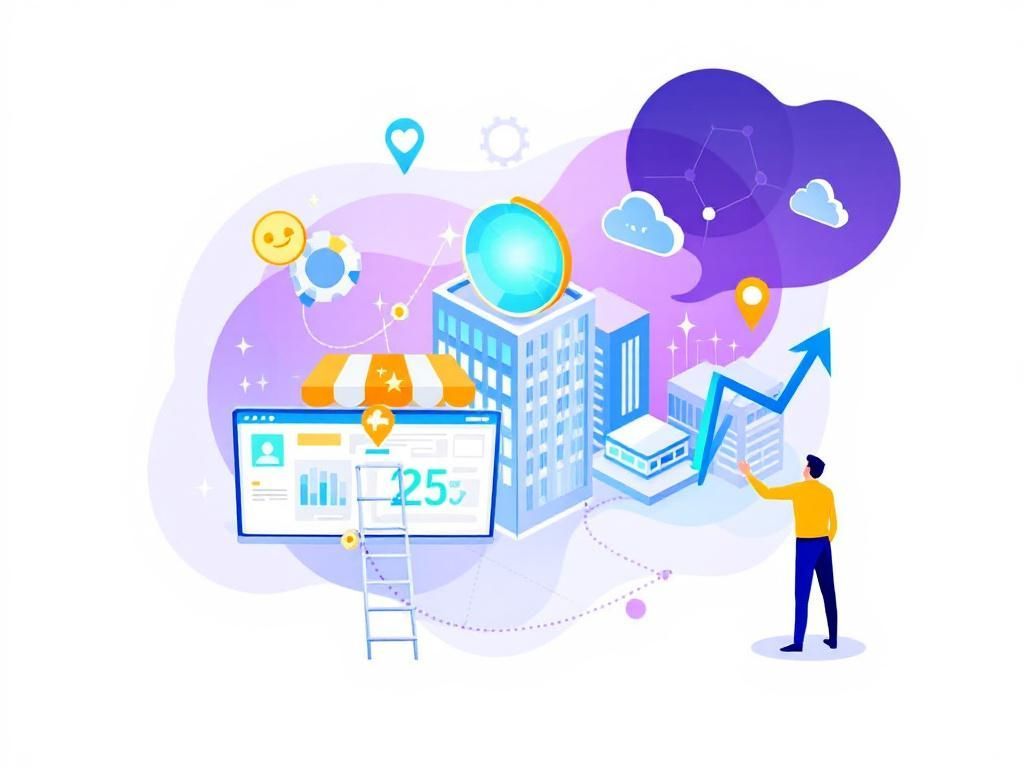Revolutionizing IT with AI-Powered Service Management
Discover how AI is transforming IT service management, enhancing efficiency and improving user experience in the digital age.

In the ever-evolving landscape of technology, the integration of artificial intelligence (AI) into service management is creating waves of change. Organizations are increasingly turning to AI-powered solutions to streamline their processes, enhance customer experiences, and optimize operational efficiency. This article delves into various aspects of AI in IT service management (ITSM), examining its benefits, challenges, and future prospects.
Table of Contents
Understanding AI in IT Service Management
AI in IT service management refers to the use of artificial intelligence technologies to improve and automate various IT service processes. These technologies can assist in managing service requests, incident resolution, problem management, and even proactive support. The goal is to leverage AI’s capabilities to deliver better services while reducing manual workloads.
Key Components of AI in ITSM
- Machine Learning: Algorithms that learn from data to identify patterns and make predictions.
- Natural Language Processing (NLP): Enables machines to understand and interpret human language, facilitating better communication.
- Automation: Reduces the need for human intervention by performing routine tasks autonomously.
- Chatbots: AI-driven conversational agents that assist users with queries and incidents.
Benefits of AI-Powered Service Management
The adoption of AI in ITSM yields a plethora of advantages, leading to enhanced service delivery and operational efficiency.
1. Improved Incident Resolution
AI can significantly reduce the time taken to resolve incidents through:
- Automated Categorization: AI systems can automatically categorize and prioritize tickets based on historical data.
- Suggested Solutions: Machine learning models can recommend potential solutions based on previous incidents.
2. Enhanced Customer Experience
AI-driven tools can provide a more personalized experience for users:
- 24/7 Availability: Chatbots can offer round-the-clock support to users, resolving queries at any time.
- Personalized Interactions: By analyzing user behavior, AI can tailor responses and suggestions to individual needs.
3. Proactive Service Management
AI enables organizations to anticipate issues before they escalate:
- Predictive Analytics: AI can analyze trends and patterns to predict potential service disruptions.
- Automated Alerts: Proactive alerts can be sent to IT teams to address issues before users are affected.
Challenges in Implementing AI in ITSM
While the benefits are profound, organizations must also navigate several challenges when integrating AI into their service management frameworks:
1. Data Privacy and Security
As AI systems process vast amounts of data, ensuring the privacy and security of sensitive information is paramount. Organizations must implement stringent security measures and comply with data protection regulations.
2. Integration with Existing Systems
Seamless integration of AI tools with legacy systems can be challenging. Organizations need to invest in compatible solutions that can work alongside their existing IT infrastructure.
3. Skill Gaps
There may be a shortage of skilled personnel who are proficient in AI technologies. Organizations may need to provide training or hire specialists to successfully implement and manage AI systems.
Future Trends in AI-Driven ITSM
The future of AI in IT service management is promising, with several trends likely to shape its evolution:
1. Increased Automation
As AI technology advances, we can expect further automation of routine tasks. Organizations will lean heavily on AI for mundane activities, allowing IT teams to focus on strategic initiatives.
2. AI-Driven Insights
AI will provide deeper insights into service performance, user behavior, and system health, enabling data-driven decision-making processes.
3. Enhanced Collaboration
The integration of AI with collaborative tools will transform how IT teams operate, facilitating better teamwork and communication.
Conclusion
AI is not just a trend but a transformative force in IT service management. By embracing AI technologies, organizations can greatly improve their service delivery, enhance customer satisfaction, and drive operational efficiencies. As the technology continues to evolve, those who adapt and integrate AI into their ITSM practices will gain a competitive edge in the digital landscape. The future of ITSM is undoubtedly intertwined with AI, setting the stage for a new era of innovation and excellence.
FAQ
What is AI-powered service management?
AI-powered service management refers to the integration of artificial intelligence technologies into IT service management (ITSM) processes to enhance efficiency, automate tasks, and improve user experience.
How does AI improve IT service management?
AI improves IT service management by automating repetitive tasks, providing intelligent insights, predicting issues before they arise, and enabling faster resolution times through chatbots and virtual agents.
What are the benefits of using AI in ITSM?
The benefits of using AI in ITSM include increased operational efficiency, reduced costs, enhanced decision-making, improved customer satisfaction, and better resource allocation.
Can AI help with incident management?
Yes, AI can significantly enhance incident management by predicting potential incidents, automating ticket creation, and providing instant responses to user queries through virtual assistants.
Is AI-powered service management suitable for all organizations?
AI-powered service management is suitable for organizations of all sizes; however, its effectiveness can vary based on the complexity of IT infrastructure and the maturity of existing processes.
What tools are commonly used for AI in IT service management?
Common tools for AI in IT service management include chatbots, machine learning algorithms, natural language processing applications, and advanced analytics platforms that enhance monitoring and reporting.



